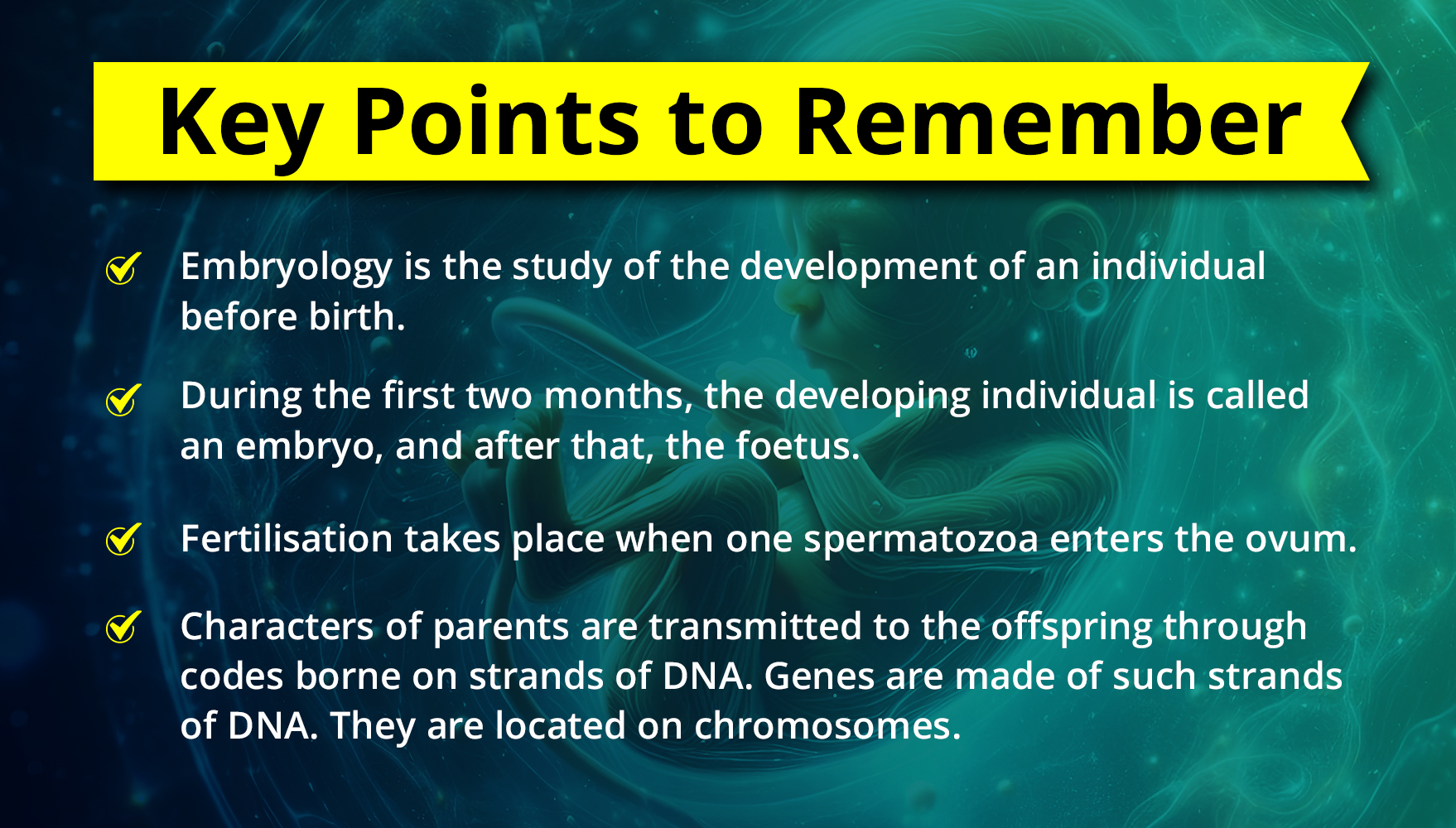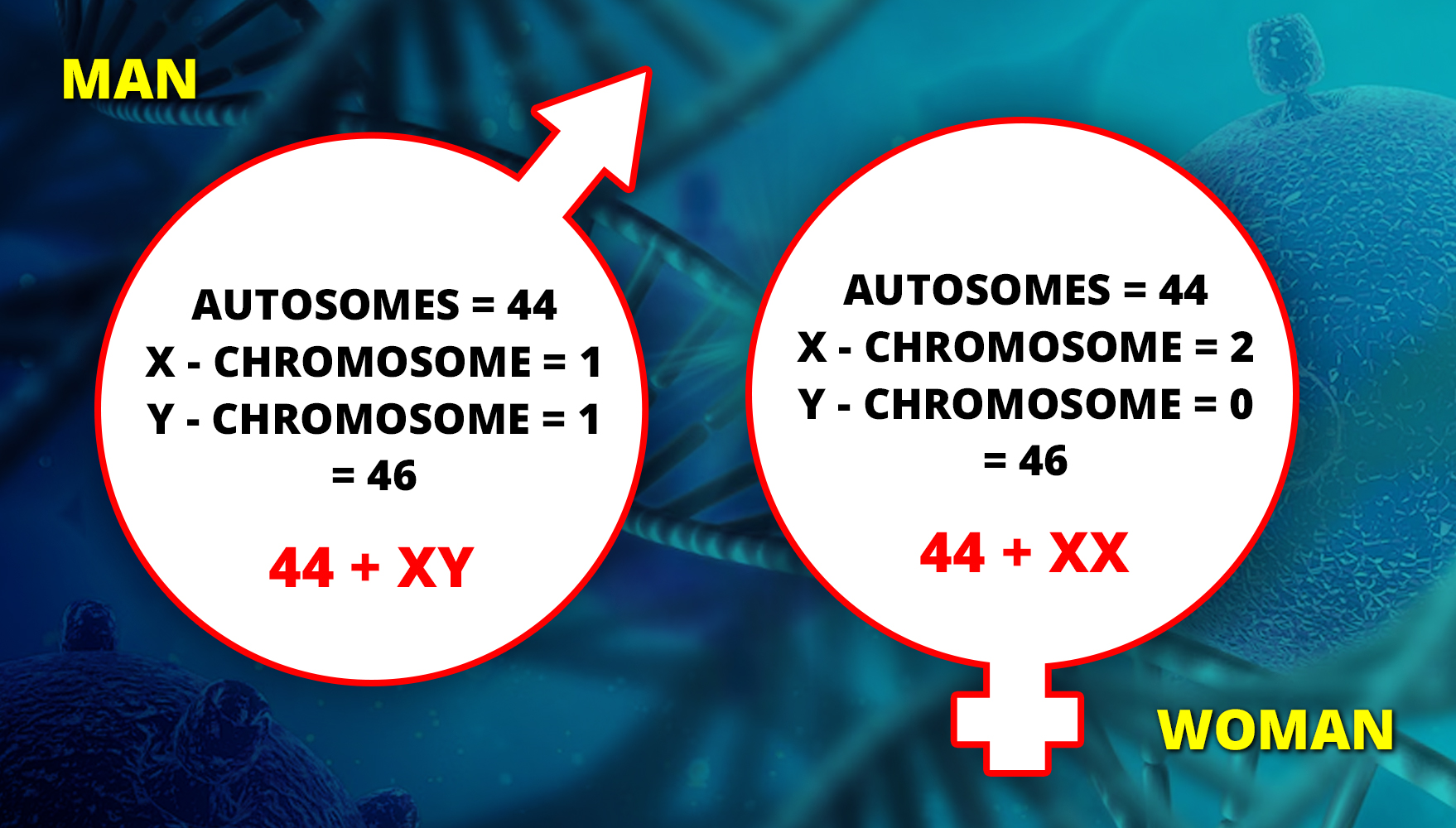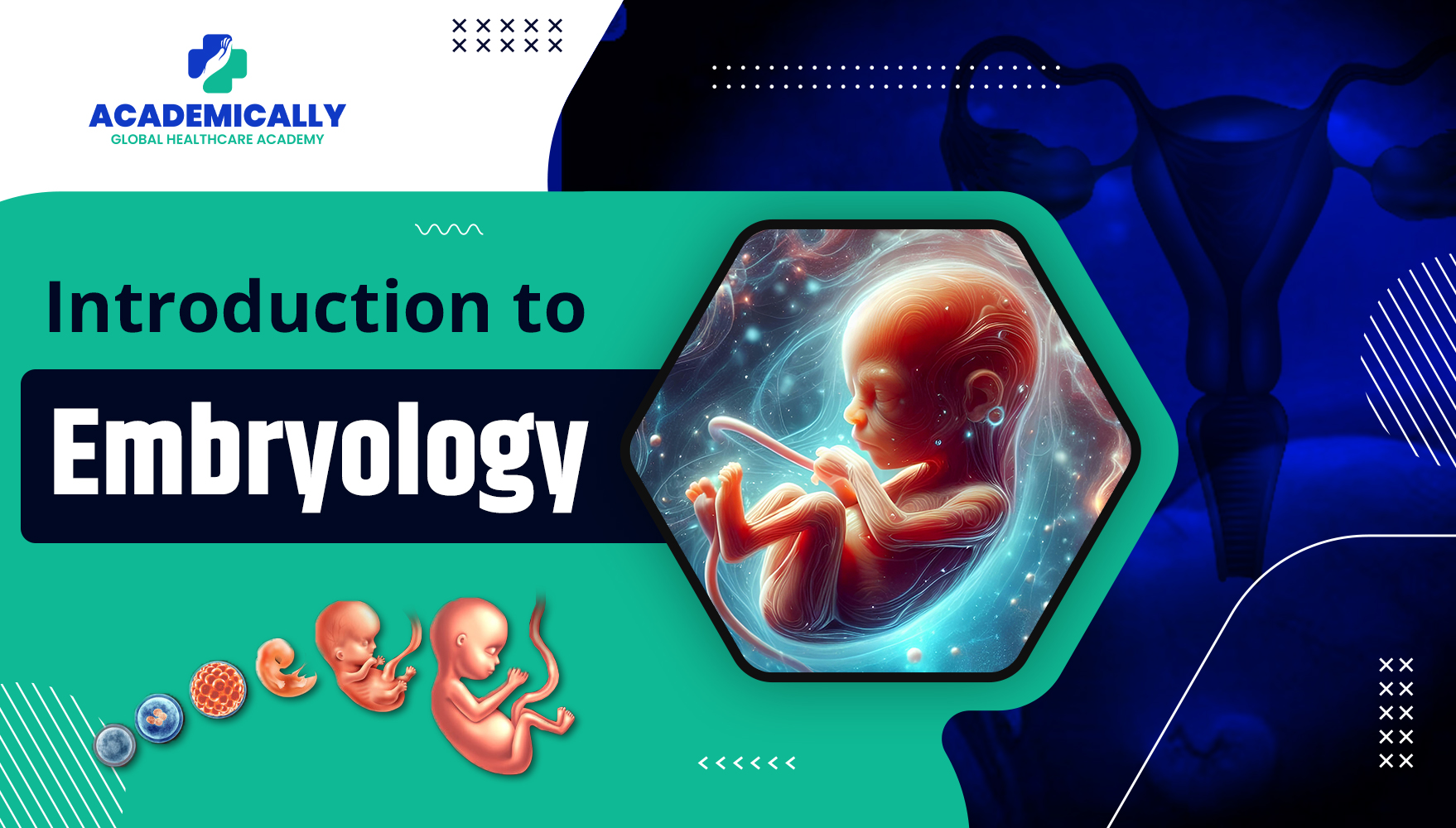Embryology
Embryology is the study of the formation and development of the embryo (or foetus) from the moment of its inception up to the time when it is born as an infant.
Every individual spends the first nine months (266 days or 38 weeks to be exact) of its life within the womb (uterus) of its mother. During this period, it develops from a small one-celled structure to an organism having billions of cells. Numerous tissues and organs are formed and come to function in perfect harmony.
Embryo: The term used to describe the developing individual during the first two months of prenatal development, when the main organs are formed and the organism begins to be recognisable as human.
Foetus: The term used from the third month of prenatal development until birth.
Prenatal Development: The period of human development that occurs before birth, including the stages of embryo and foetus formation.
Postnatal Development: The period of human development that occurs after birth, involving the increase in body size, eruption of teeth, and other growth processes.
Human Development: A continuous process that begins at conception and continues after birth, involving various stages of growth and maturation.

Gonads and Gametes
Gametes: The cells that carry out the special function of reproduction. Male gametes are called sperm or spermatozoon, and female gametes are called ovum or oocyte.
Fertilisation: The process in which a male gamete (sperm) fuses with a female gamete (ovum), forming a zygote.
Zygote: The cell formed by the fusion of a sperm and an ovum. The zygote later develops into an embryo and then into a foetus.
Gonads: The reproductive organs that produce gametes. Male gonads are called testes, and female gonads are called ovaries.
Spermatogenesis: The process of formation of spermatozoa (sperm) in the testes.
Oogenesis: The process of formation of ova (egg cells) in the ovaries.
Gametogenesis: The collective term for the processes of spermatogenesis and oogenesis involving the formation of gametes.
Chromosomes: Structures within cells that contain genetic information. Understanding chromosomes is essential for studying the formation and structure of gametes.
Cell Division: The process by which a parent cell divides into two or more daughter cells. Cell division is crucial for the formation of gametes.
Haploid and Diploid Chromosomes
The number of chromosomes in each cell is fixed for a given species and in human beings is forty-six. This is referred to as the diploid (or double) number. However, in spermatozoa and ova, the number of chromosomes is only half the diploid number, i.e., twenty-three. This is called the haploid (or half) number. After fertilisation, the resulting zygote has 23 chromosomes from the sperm (or father), and 23 from the ovum (or mother). The diploid number is thus restored.
Autosomes and Sex Chromosomes
The forty-six chromosomes in each cell can be divided into forty-four autosomes and two sex chromosomes. The sex chromosomes may be of two kinds: X or Y. In a man, there are forty-four autosomes, one X chromosome and one Y chromosome; in a woman, there are forty-four autosomes and two X chromosomes in each cell. The forty-four autosomes consist of twenty-two pairs, the two chromosomes forming a pair identical (homologous chromosomes). In a woman, the two X-chromosomes form another such pair; in a man, this pair is represented by one X- and one Y-chromosome. One chromosome of each pair is derived from the mother and the other from the father.

Final Words
Embryology is a miraculous journey from a single cell to a fully formed organism. It is a field that combines elements of biology, genetics, and medicine to deepen our understanding of life’s beginnings.
As we continue to explore and unravel the complexities of embryonic development, the insights gained will pave the way for advancements in medical science, reproductive health, and beyond.
Whether you are a student, a researcher, or simply curious, embryology offers a captivating glimpse into the earliest chapters of existence. It also is an important topic for the USMLE.
For more such informational posts, follow us on Instagram!
If your dream is to practise medicine in the USA, fill out this form to get one-on-one counselling about the USMLE Exam Preparation Course.





